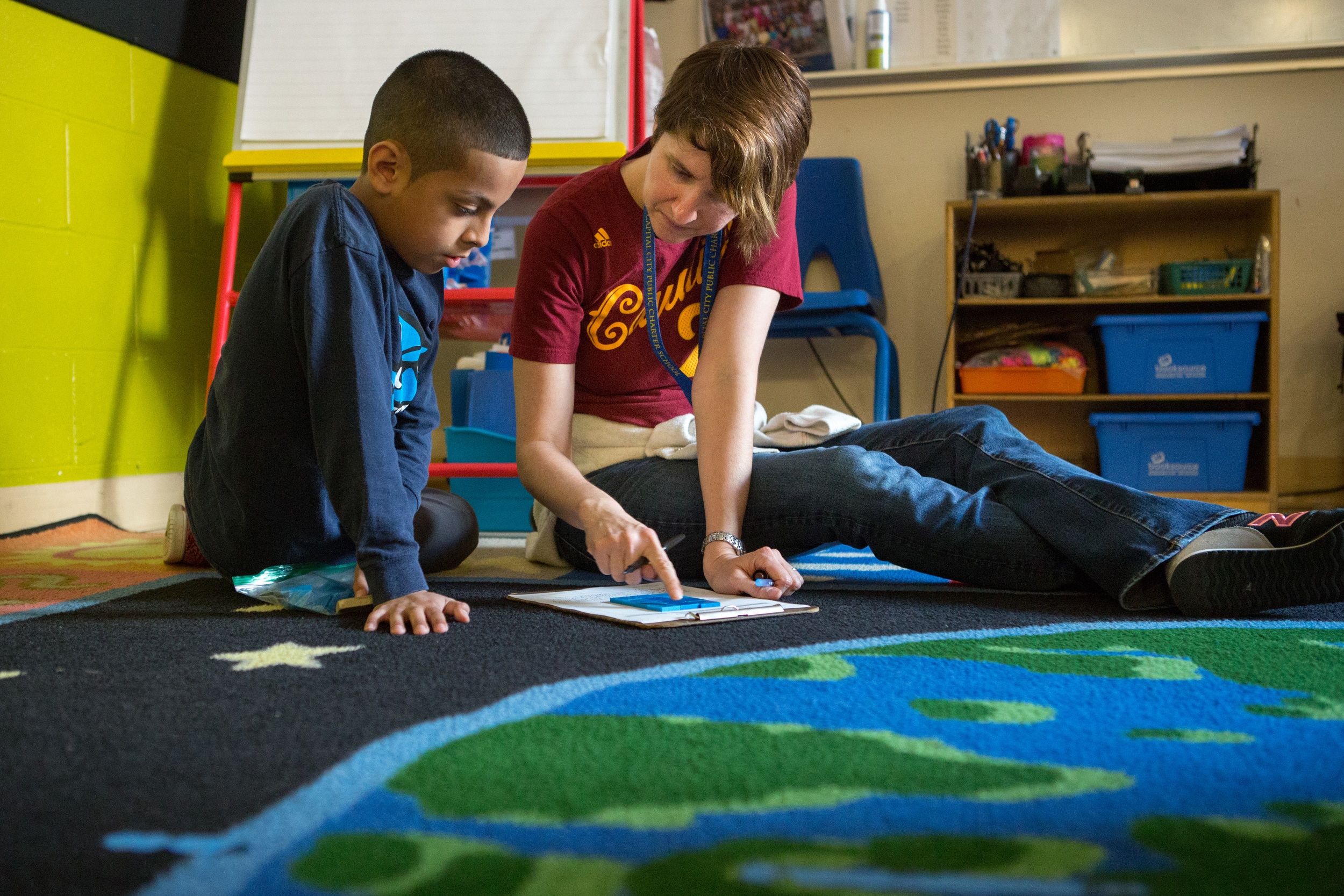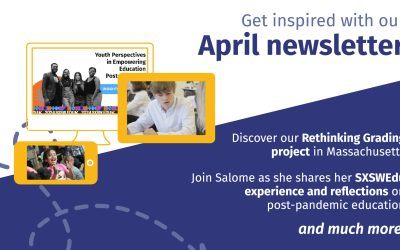A Journey Toward Student-Centered Learning
Our Research Design Intern reflects on her teaching experiences and delves into the insights gained from reading reDesign’s ‘Learning as Inquiry’ paper. Her deep desire to enhance the quality of education is highlighted through her reflections on the innovative and student-focused approach presented in this key concept paper for our organization.
As I kicked off my journey at reDesign, the first document I read to get a sense of the organization’s mission, values, and inner workings was the concept paper titled “Learning as Inquiry”. It instantly transported me back to my time as an elementary grade teacher in a low-income school in Delhi. During that period, I was deeply committed to providing high-quality education to my students and continuously sought resources to achieve this goal.
The concept paper introduced an innovative and student-centered approach to education, focusing on cultivating wonder, connection, critical thinking, and meaningful exploration through inquiry-based learning. During my Bachelor’s studies, I often read about the importance of project-based and inquiry-based learning. I was always eager to make teaching engaging, relevant, and meaningful – yet, I grappled with understanding where to commence and how to ignite curiosity among my students. Additionally, I struggled to find practical guidance on how to implement these approaches effectively in the classroom.
When I started working as an elementary grade teacher in India, whenever I asked my senior colleagues about how to meaningfully involve students in the learning process, their advice would often be to simply tell students to ask questions during lessons. But, growing up in that cultural context, I had been discouraged from questioning elders and told to follow directions. Now, how could I expect my students to ask meaningful questions of me?
As a result, while I continued to consistently seek advice on making students curious about learning and motivating them to ask questions, the critical issue remained for both me and my students – how? On a practical level, how was I supposed to do that, and what exactly would that look like for them in the classroom?
The “Learning as Inquiry” paper not only quenched my thirst for a method to make learning student-centered and meaningful through inquiry-based learning, but also outlined crucial elements of how to support this approach during the teaching-learning process. It offered insights into developing curiosity among students and ensuring that the learning process is engaging and meaningful for them and therefore empowering them to voice their opinions and share their thoughts.
The paper emphasized the need to transition from traditional linear curricula to embrace exploration and inquiry. It highlighted the significance of compelling questions in sparking curiosity and critical thinking, encouraging learners to delve deeper into a topic. Furthermore, the concept of inquiry frames and online Exploration Boards where students explore compelling questions connected to a content area provides tools to organize and present learning resources in a visually engaging and flexible but focused and systematic manner. These approaches emphasize the need to curate diverse and accessible learning resources that support different learners and perspectives, underscoring the importance of equity and inclusivity in educational experiences.
As I delved deeper into the concept paper, I couldn’t help but reflect on the numerous times I wished I had such a comprehensive guide during my days as an elementary grade teacher. I realized that if I had these insights, I could have transformed my classroom into a hub of curiosity and exploration. For instance, I recall struggling to make history lessons engaging for my students. Rather than relying solely on textbooks and lectures, I could have used the concept of compelling questions to spark their curiosity. I might have asked questions like, “What if we could time-travel to the past? What would you want to discover about ancient civilizations?” or when I was trying to teach my students about the environment and sustainability, I could have initiated the lesson by posing a question like, “How can we make our school more eco-friendly?” This approach would have ignited their curiosity, encouraged critical thinking, and empowered them to research and propose solutions, thus being an active participant and taking ownership of their learning within a community.
Imagine a classroom where students are active participants, where they collaborate, explore, and question with a sense of wonder. Such an approach would fundamentally change the dynamics between teachers and students and their role in the teaching learning process. Teachers would become facilitators, guiding students and nurturing their curiosity and students would become life-long learners, taking ownership of their learning. This shift towards a student-centered inquiry-based learning could truly revolutionize education, making it a dynamic, empowering, and meaningful experience for both teachers and learners. I would strongly recommend fellow teachers to give this paper a read, as it offers inspiration and guidance that has the potential to transform the way we approach education!
To learn more about how reDesign supports learner-centered communities, check out our toolbox of key resources and explore our Future9 competencies!
Join the community!
Sign up to receive our newsletter, access best-of educational resources, and stay in the know on upcoming events and learning opportunities. We hope to see you soon!




